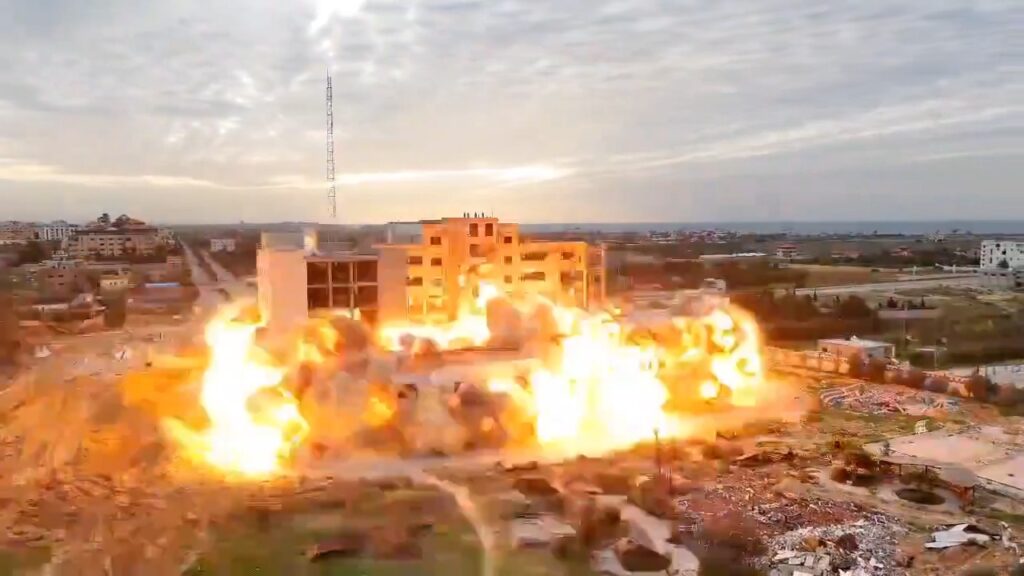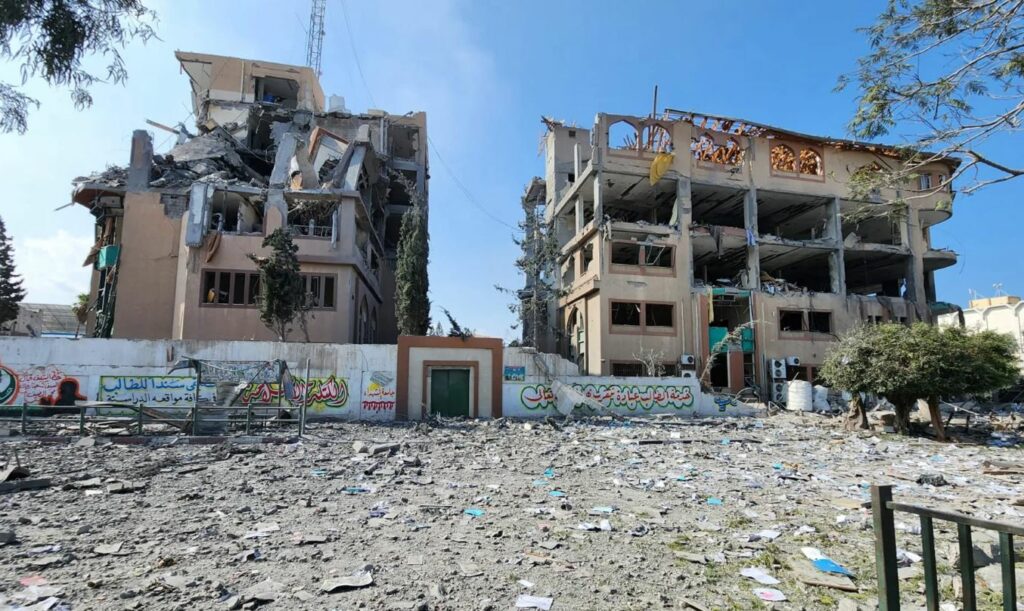When Nicola Packer took a pregnancy test in November 2020, as the country was in lockdown during the coronavirus pandemic, she did not even believe she was pregnant.
Aged 41 at the time, she thought it more likely that she was perimenopausal, but had been feeling under the weather and when her friend – with whom the pregnancy had been conceived – suggested she took a test, she only did so to “prove him wrong”.
When the test, bought from a chemist around the corner, came back positive, she was “shocked”, but was never in any doubt about what to do. She had never wanted children, and immediately sought a termination.
Under emergency provisions introduced during the pandemic – which were later made permanent – abortion pills could be dispatched by post, following a remote consultation, in pregnancies up to 10 weeks’ gestation.
She took the pills, thinking, as her defence barrister, Fiona Horlick KC, told Isleworth crown court, “that she would only see blood clots to look into the toilet bowl”, but to her shock, hours later, she delivered “a small but fully formed baby”.
This in itself was a traumatic event for Packer, but it would pale in comparison to what followed. She attended A&E at Charing Cross hospital, bleeding and in shock. Staff told her she was in the wrong hospital and to go to Chelsea and Westminster instead, but did not provide an ambulance and left her to make her own way there.
She had brought the foetus with her, but did not immediately tell staff that she had taken abortion medication, because she feared it would affect the care she received.
When she later admitted that she had taken the pills, informing a midwife who had told Packer “she was there to care for her, that her safety was their priority and that whatever happened they were there to support her”, the police were called in.
Uniformed officers arrived at the hospital, and Packer, still recovering from surgery after the birth, was arrested. She was taken into custody and her computers and phone were seized.
It was the start of an ordeal that would stretch for four and a half years, culminating in her standing in the dock, giving evidence as part of her two-week trial.
For periods of the trial Packer was able to stand with composure and a sense of quiet pride. Often, however, this was stripped away under a barrage of deeply personal questioning, as the prosecution asked her to relive one of the worst days of her life, scrutinising every detail she said she could not recall.
Though she seemed steady and stoic at times, she would sometimes give way to tears. When she gave evidence, Packer was joined in court by a small group of friends, who held her hand as she walked into the courtroom and escorted her out whenever she left, be it at the end of the day, or to take a break from her interrogation.
At one point, the presiding judge was forced to send the jury away and reprimand Packer’s support group for tutting too loudly and rolling their eyes during a particularly intense, and in their eyes inappropriate, line of questioning.
As the trial came to a close, addressing the jury of three men and nine women for the final time, Horlick said her client was still “utterly traumatised”.
“The facts of this case are a tragedy but they are not a crime,” she said.
While the prosecution may be over, Packer, now 45, will be irreparably changed by the ordeal. The most private details of her life were aired in public – her medical history including past terminations, her sexual preferences, a tragic baby loss in her family, and even intimate photographs of her – shown by the defence to the jury to prove that she did not look pregnant.
In the coming days, there will be questions asked of the Crown Prosecution Service, which brought the case to trial despite Judge Edmunds KC urging the CPS to review whether there was a public interest in trying the case “four and a half years after events”.
At a pre-trial hearing, Edmunds, the recorder of Kensington who presided over the case, said there was a “heavy burden” on the prosecution, particularly given backlogs in the courts system.
Jonathan Lord, an NHS consultant gynaecologist and the clinician in charge of Packer’s care while working at MSI Reproductive Choices, said: “This was a vindictive and brutal prosecution in which the CPS weaponised victim-shaming. Wholly unnecessary details of Nicola’s relationships and sex life were prominent in the prosecution’s opening statement, made in the full knowledge they would be widely reported in the press.
“The police played several recordings of her confidential medical consultations in open court.
“CCTV footage was shown of her arriving at A&E in considerable distress. Packer had to show the court intimate photographs of herself in her defence, all while sat in a packed courtroom as the jury viewed the images. No woman should ever have to endure institutionalised public shaming and humiliation, let alone in 2025 in England.”
The case has furthered calls for a change in the law, which could come as soon as this summer, with two backbench Labour MPs set to lay amendments to the criminal justice bill, seeking to decriminalise abortion.
One of the MPs, Tonia Antoniazzi, who spent a day in court during Packer’s trial, said: “It must be an immense relief for Nicola to have avoided conviction, but it is completely unacceptable that she was forced to endure the indignity and turmoil of a trial. Having met Nicola at the crown court recently, I have seen firsthand the devastating impact that this cruel and unnecessary investigation has had on her life over the last four and a half years.
“The true injustice here is the years of her life stolen by a law written decades before women had the vote, for a ‘crime’ which doesn’t even apply in two nations of the United Kingdom.
“Nicola’s experience, in her own words, includes being taken from her hospital bed to a police cell, denied timely access to essential medical care, and spending every penny she had on lawyers defending her case. This is utterly deplorable, and it is not justice. I do not see how this law can be defended any longer.”
Lord said: “Every agency Nicola needed turned against her. In this, as in other cases, the teams charged with treating, protecting and safeguarding vulnerable women and girls have done the most harm, breaking confidentiality and treating victims as criminals.
“The issue is not simply that Nicola had the misfortune of encountering some callous organisations or individuals, but that our current abortion laws directed and encouraged the actions taken against her.
“The law is causing life-changing harm to the women involved, and in some cases their children too.
“What’s happening, the horrific way the women and their children are being treated – including those with premature labours and natural later pregnancy losses – is a national scandal.”

